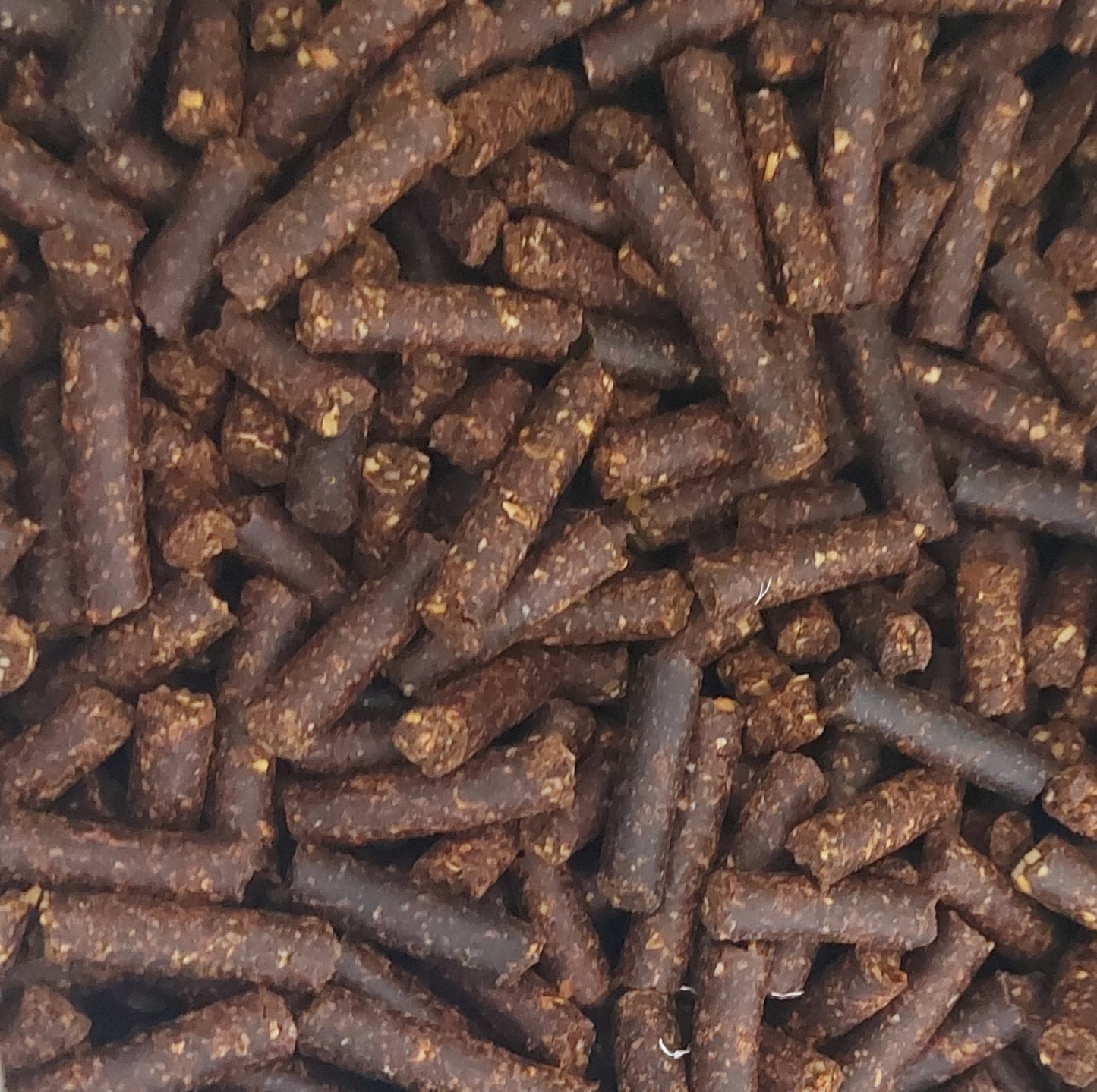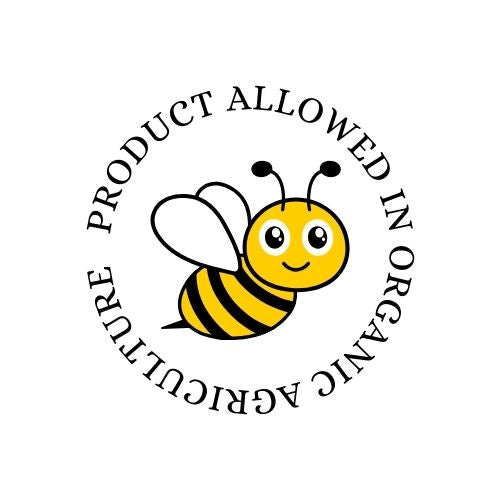Neem oil is a natural insecticide and fungicide that can be used to control pests and diseases in a vineyard.

In general, neem oil is used in the vineyard by spraying plants with a solution containing neem oil and water or another oil carrier, in various dilutions depending on the type of pest and disease.
For controlling insects such as mites, aphids, and leafhoppers, applying a neem oil solution in a concentration of 0.5-1% is recommended. For more severe infestations, a solution of 2-3% neem oil can be used.
To combat fungal infections in the vineyard, such as powdery mildew, it's advisable to use a neem oil solution in a concentration of 0.5-1%, depending on the level of infection.
Neem oil can be effective in controlling various grapevine diseases, including downy mildew, gray mold, anthracnose, and other fungal infections.
To use neem oil against grapevine diseases, spraying a solution of neem oil and water is recommended. Generally, neem oil should be used preventively, before the onset of diseases or in the early stages of infection. For this purpose, a solution of 0.5-1% neem oil can be applied with a 7-14 day interval between applications. For more severe infections, a solution with a higher concentration can be used.
The grapevine leafhopper is one of the major pests in vineyards, and neem oil can be used to control it.
To use neem oil against the grapevine leafhopper, spraying a solution containing neem oil and water is recommended. Similar to other cases, neem oil should be used preventively, before the appearance of the leafhopper or in the early stages of infestation. A solution of 1-2% neem oil can be applied with a 7-14 day interval between applications. For more severe infestations, a solution with a higher concentration can be used.
The flowering time of grapevines depends on climate conditions and grape variety. Flowering usually occurs in spring. In southern regions, grapevines might start flowering in April, while in northern regions, flowering can start in May. Flowering typically lasts 7 to 10 days during which grapevines produce flowers that will develop into grapes.
Flowering time is crucial for grape development, impacting both quantity and quality. During this period, monitoring weather conditions and taking appropriate measures for optimal pollination and fruit set is recommended. It's also advisable to avoid using pesticides or other chemicals during flowering to prevent harm to pollinators and potential yield reduction.
Applying neem oil to grapevines during the flowering stage is not recommended due to the risk of disrupting pollination and reducing yield. Neem oil can be applied before or after flowering when plants are less sensitive to external influences.
If neem oil is used after flowering, it's recommended to apply it in spring before the first signs of diseases or pests appear.









